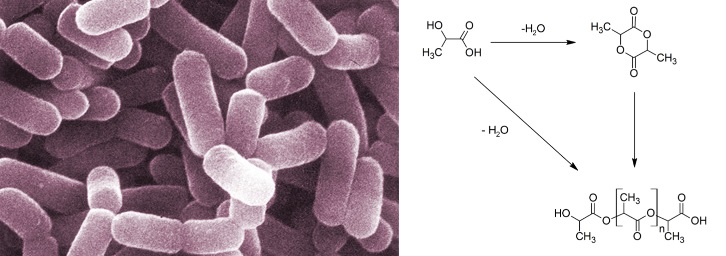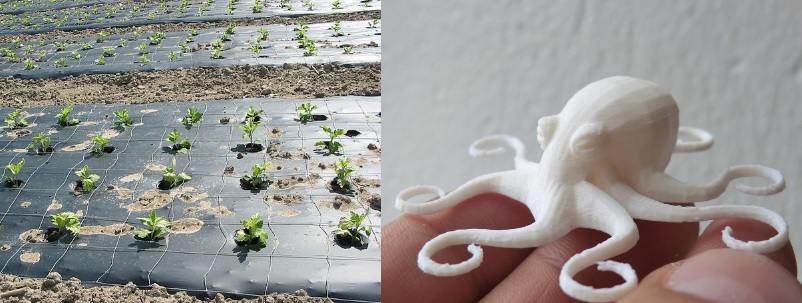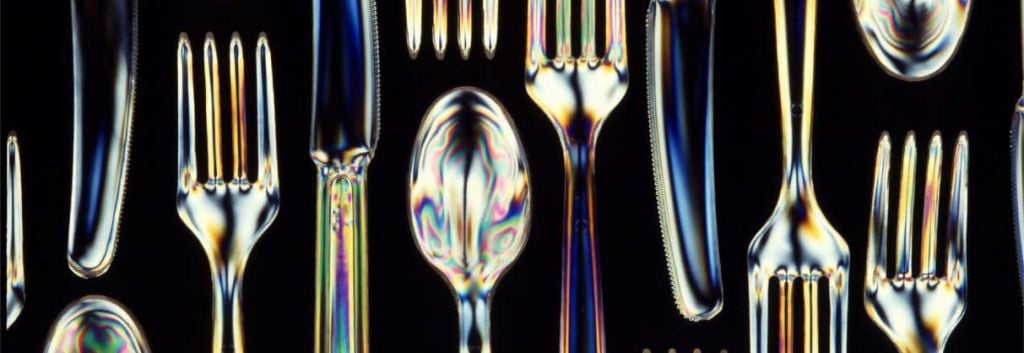Carbios made a breakthrough in the production of PLA, a common bioplastic. The lactic acid used as molecular ‘building blocks’ were already bio-sourced, but now the plastic can be really produced from scratch with microorganisms.
 Bioplastics are one of the ways GreenTech is trying to save the world. Some success stories are Bio-On’s potato plastics and Avantium’s Coca-Cola deal.
Bioplastics are one of the ways GreenTech is trying to save the world. Some success stories are Bio-On’s potato plastics and Avantium’s Coca-Cola deal.
There are several ways a plastic can be ‘bio‘. For example, polylactic acid (PLA) is considered a bioplastic because its molecular building blocks (monomers) are bio-sourced. Lactic acid can be produced via fermentation with bacteria.
However, producing this popular bioplastic still required chemical processes to link the monomers together. This meant an expensive intermediary step was needed to condense molecules lactic acid into a lactide. After this, it still needed to be purified and chemically polymerized to finally get PLA.

Now, Carbios has pioneered a new way to make microbes produce PLA directly. This technological breakthrough involved developing an original metabolic pathway, and then engineering it into microbes. The result is a 100% PLA polymer of high molecular weight (i.e. a long chain).
The process can be more competitive than the previous process, says Carbios. Developing cheaper ways to produce bioplastics is particularly important, given that it’s an industry mainly driven by costs.
PLA is a very promising bioplastic. It’s already used in many applications, from food packaging and diapers to the filaments used in 3D Printers. Until 2018, the use of PLA could grow as much as 28% – replacing plastics made with fossil resources.

The development of this new PLA-producing strain was carried with help from the Toulouse-based teams of the INRA and the INSA. It’s a part of the Thanaplast project, which also gave us infinite recycling of PETs.
The team also believes the method developed now for a PLA metabolic pathway can be transferred to other plastics. Prime candidates would be polyhydroxyalkanoates (PHAs), which are versatile biodegradable polymers.
Feature Image Credit: Biodegradable Plastic Utensils by United States Department of Agriculture (Public Domain)





